W4 WALL-TO-WALL
FUNCTIONAL UPGRADE OF EXISTING WALLS
Bene‘s W4 Wall-to-Wall is an element of interior design that upgrades existing walls such as masonry or plasterboard into a functional office wall. In combination with Bene storage products or the specially developed wall shelves and Wall Cabinets from the AL and P2 management programs, the facing wall is upgraded into furniture with storage space and shelves.
The W4 Wall-to-Wall features continuous wall rails that provide even better load transfer. The W4 is available room-height, up to a maximum height of 4 meters, and can accommodate the same panel types as the R-platform, except for glass panels. Thus, in combination with the R-platform wall program, the W4 wall-to-wall offers a continuous design in the room.

PRODUCT DESCRIPTION
WALL COMPOSITION
All loads are transferred via the 2 wall rails. The wall element can be mounted only on sufficiently load-bearing brick walls, double-planked dry walls or on a concrete wall.
ELEMENT
1 2 3
Panel fabric, pinnable, not organisable 10 mm chipboard + 5 mm soft fibreboard
Panel fabric, not pinnable, not organisable chipboard 16 mm
Panel fabric, pinnable, organsierbar 10 mm chipboard + 5 mm soft fibreboard
Panel fabric, pinnable, not organisable 10 mm chipboard + 5 mm soft fibreboard
Panel fabric, not pinnable, organsierbar Chipboard 16 mm
Panel fabric, not pinnable, not organisable Chipboard 16 mm
Panel absorber
2 mm steel sheet + 40 mm acoustic foam, alphaw= 0,75
Panel chipboard 16 mm chipboard
Wall rail
Aluminium
Cover profile
black powder-coated (RAL 9011) / anodised aluminium
Additional tolerance compensation 12 mm solid wood, optional
Organisation profile black powder-coated (RAL 9011) / anodised aluminium
Joints
Between two panels, there is a horizontal 8 mm-wide heavy load-bearing joint. The “fabric panel, pinnable, not organisable” is an exception. This does not have an 8 mm-wide heavy load-bearing joint. There is a horizontal, 8 mm-wide, heavy load-bearing joint between the topmost panel and the upper cover profile.
Joint with organisation rail
An additional organisation rail on top is available as an option for every fabric or chipboard panel. An exception is the topmost panel if the wall element has a ceiling joint. The option of an organisation rail is also not available for “fabric panel, pinnable, not organisable”. Organisational elements can be hung in the organisation rail.
PRODUCT DESCRIPTION
Upper and lower termination of the wall elements
1 2 Cover profile black powder-coated (RAL 9011) / anodised aluminium
Connection profile black powder-coated (RAL 9011) / anodised aluminium
Cover profile and connection profile can be used as termination for the topmost and lowermost panels. The connection profile has the function of providing the wall element with the connection to the ceiling or the floor. The cover profile serves merely as a visual termination.
For the lower termination, there is an additional option of dispensing with both the profiles. The open termination in this case permits cabling from outside.
DIMENSIONS
W: 400 – 2.400
D: 50 (without increased tolerance compensation) 65 (with increased tolerance compensation)
H: 390 – 4.000
Panel – chipboard
melamine / veneer, horizontal texture melamine / veneer, vertical texture
W:
H:
– 2.400
–
Panel – fabric pinnable pinnable, not organisable
W:
H:
–
–
Panel – absorber not pinnable
W: 400 – 1.900
H: 390 – 1.320
Dimensions can be configured in mm grid.
OVERVIEW
The number of joints can be selected in the 390 mm grid.
W4 Wall-to-Wall, from the floor
· The connection to the floor is implemented via the connection profile. A cover profile represents the upper termination.
· The topmost joint can be configured as desired.
W4 Wall-to-Wall from floor to ceiling (room height)
The floor and ceiling connections are implemented via the connection profiles.
· Height adjustment is implemented via the topmost panel.
W4 Wall-to-Wall, above KX storage unit
The wall element has an open joint at the bottom.
· The wall element stands on the top of the cabinet.
Height adjustment with the cabinet is always implemented via the lowermost panel.
OVERVIEW
W4 Wall-to-Wall, above K2 storage unit
The wall element has an open joint at the bottom.
· The wall element stands on the top of the cabinet.
Height adjustment with the cabinet is always implemented via the lowermost panel.
W4 Wall-to-Wall, above table
· The termination on top is always a cover profile. The termination at the bottom can either be open or a cover profile.
An open termination at the bottom makes cabling from the outside easy.
The topmost joint can be configured as desired.
· The lowermost joint can be configured as desired.
W4 Wall-to-Wall, behind table
· The termination on top is always a cover profile. The termination at the bottom can either be open or a cover profile.
An open termination at the bottom makes cabling from the outside easy.
The topmost joint can be configured as desired. The lowermost joint can be configured as desired.
OPTIONS
Can be hung in heavy load-bearing joints
Storage elements
Width: 800 – 1.600 mm
Depth: 300 – 445 mm
Height: 397 / 410 mm
maximum load: 50 kg/lfm joint material & colour: 19 mm chipboard in melamine or veneered surface Aluminium fittings powder-coated in aluminium colour.
Can be hung in heavy load-bearing joints or organisation rails
Labelling plate
Width: 135 mm
Height: 60 mm material & colour: Steel, nickel-plated
Storage / shelf as panel replacement
Storage units or shelves cannot be placed in the lowermost panel.
· P2 management
· AL management
Cable management
For cabling, the following options can be configured in the chipboard or fabric panels: With cutout for 4-fold connection plug board
· With cutout for 1-point connection cavity wall box With cutout for 2-point connection cavity wall box, horizontal orientation
· With cutout for 3-point connection cavity wall box, horizontal orientation Grommet hole incl. covering
The cutouts are possible in 3 fixed heights from the floor:
· under the table, 300 mm height above the table, 810 mm height above the storage unit, 1.070 mm
“Boreholes in accordance with DIn 49073-1 with 68 mm bore diameter / 71 mm distance between holes”. Applies to Points 2 – 4.
Possible positions (also in combination): left centre right
The prerequisite for any cabling is that a distance of 126mm must be observed from each of the upper and lower edges, starting from the panel itself. For fabric panels wider than 1.900 mm, the fabric is divided, which is why the “central” cabling position is not permitted here.
MELAMINE
MELAMINE

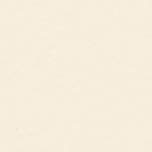

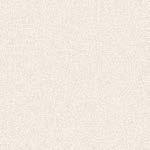

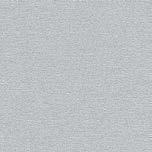




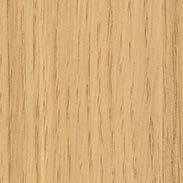
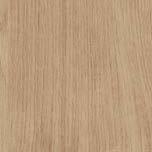




COLOURS & MATERIALS
VENEER
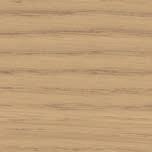



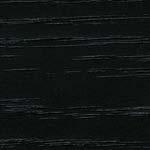
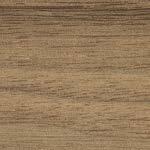
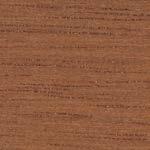
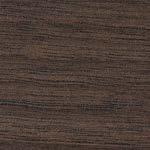
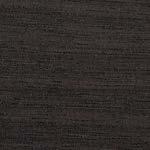
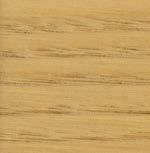




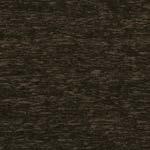
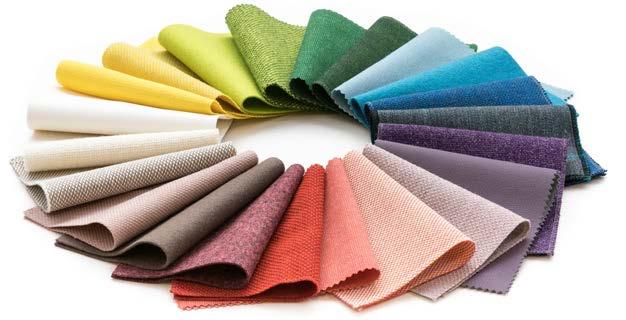
Various material collections are available as cover materials: Xtreme Plus, Urban Plus, Inn, era, Step, Step melange, Soft next, Remix, mainline Flax, Focus, Bonsai Reboot, Panama, Fiord, Steelcut, Assam, Focus melange, Artisan, The Cool, Steelcut Trio, Hallingdal. more information about the specific fabric collections is available at www.bene.com.
Our outdoor fabrics can also be used on products for indoor use. However, this does not mean that the indoor products are suitable for outdoor use.
W4 WALL-TO-WALL
THE BENE RESPONSIBILITY
Bene plays a pioneering role in the field of sustainability. This spans all company divisions – from product development, procurement, production, and logistics to product recycling. From the first sketch through to series production, ecological requirements are always an important factor in the product development process. It includes selecting environmentally compatible materials, such as certified timbers from sustainably managed forests, using recycled materials and increasing the use of renewable raw materials. Other important requirements for a sustainable product design are labelling the materials, their ability to be repaired, and a long service life for the components used, with the aim to integrate them into a second product life cycle.
To guarantee a high recyclability standard for our products at the end of their service life, we avoid composites as much as possible and develop furniture that allows for disassembly by material type.
Bene products are sourced and made in europe. 99.9% of all deliveries reach us from a european country. Around 94% of all raw material supplies come from Austria and Germany. Around 93% of the raw materials comes from suppliers within 500 kilometres of our production site.
SUSTAINABLE RAW-MATERIALS
At Bene, the following materials are used as a matter of course:
· chipboards low in formaldehyde glues low in formaldehyde
· water-based varnish systems recyclable materials
· materials with a high recycling share PVC-free synthetics
CONTRIBUTION TO BUILDING CERTIFICATIONS
Bene guarantees products free from:
· CmR substances
halogenated solvents in synthetics
· chlorinated hydrocarbons
heavy metal pigments
· materials with azo pigments
Coatings with biocidal effects (such as wood preservatives, pesticides).
In the context of ecological building certification, design systems such as furniture and dividing walls help to achieve a good result and a higher score.
Bene's products make a contribution towards the LeeD, WeLL Building Standard, DGnB, BReeAm, etc. certifications. Criteria include, for example, environmental product declarations, indoor air quality, acoustics and convertibility.
W4 WALL-TO-WALL
Example configuration
· W4 Wall-to-Wall
1.008 x 50 x 1.568 mm
· melamine
Total weight 30,05 kg
Materials
3.71 kg / 1.68 %
37.06 kg / 16.82
Environmental key figures
· 93,7 % sortable by type 86,7 % recyclable
· 70,7 % of contents are renewable raw materials 46,9 % recycled production materials
On request, environmental Product Declarations (ePD, LCA) – at Bene we call them Life Cycle Data Sheets – can be provided for all standard product configurations.
A list of product-specific certificates and design awards can be found on the Bene product website.
environment-related information about Bene: https://bene.com/en/sustainability-report-2021/
